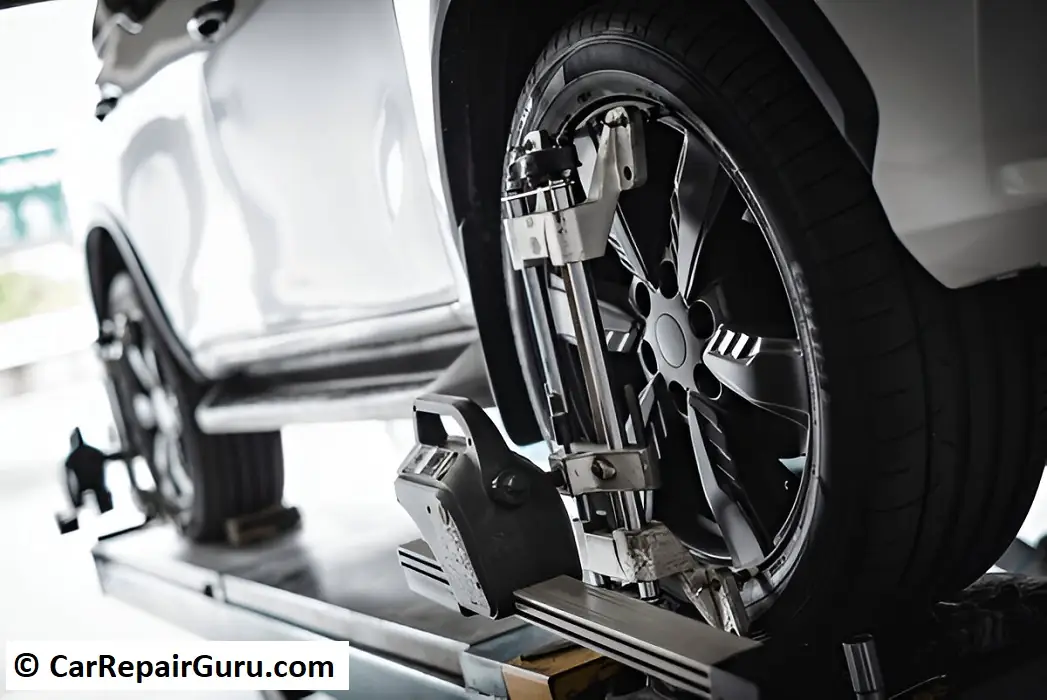
Have you ever wondered why your vehicle seems to drift slightly to one side or why your tires wear out unevenly? The answer often lies in your vehicle’s alignment angles, a crucial but often overlooked aspect of vehicle maintenance. Proper wheel alignment is essential for ensuring smooth handling, maximizing tire life, and maintaining optimal fuel efficiency.
At the heart of wheel alignment are four primary angles: camber, caster, toe, and thrust. Each angle plays a unique role in how your vehicle interacts with the road. Whether it’s the tilt of your wheels, the angle of your steering pivot, or the direction the wheels are pointing, these factors collectively affect the performance and safety of your car.
Understanding alignment angles isn’t just for mechanics—it’s valuable knowledge for any driver who wants to enhance their driving experience while protecting their investment in their vehicle.
Camber Angle: The Tilt of the Wheels
The camber angle refers to the tilt of a vehicle’s wheels when viewed from the front or rear. It describes the inward or outward angle of the top of the wheels relative to a perfectly vertical position. This tilt plays a significant role in how your tires make contact with the road and can directly affect your vehicle’s handling and tire wear.
Positive and Negative Camber
A positive camber occurs when the tops of the wheels tilt outward, away from the vehicle. This alignment is commonly used in vehicles designed for heavy loads, such as trucks, to ensure stability under weight.
In contrast, a negative camber means the tops of the wheels tilt inward, toward the vehicle. This configuration is often used in sports cars and racing vehicles, as it improves cornering by maximizing tire contact with the road during turns.
Effects of Incorrect Camber
If the camber angle is not correctly set, it can lead to several issues. For instance, excessive positive camber can cause the outer edges of the tires to wear unevenly, reducing their lifespan. On the other hand, too much negative camber can result in excessive wear on the inner edges of the tires. Both scenarios compromise tire performance and lead to higher maintenance costs.
Moreover, improper camber can negatively impact your vehicle’s handling. For example, a misaligned camber angle may cause your car to pull to one side, making it harder to control and reducing overall driving safety.
Visualizing Camber
Imagine a person standing with their feet tilted inward (negative camber) or outward (positive camber). Similarly, your vehicle’s wheels can tilt, affecting how the tires interact with the road. Visual aids, like diagrams or photos of wheels at different camber angles, can help you better understand how this alignment works in practice.
Caster Angle: The Steering Pivot’s Inclination
The caster angle is the angle of the steering pivot axis when viewed from the side of the vehicle. It determines the forward or backward tilt of the steering axis relative to a vertical line running through the wheel’s center. This angle significantly affects your vehicle’s steering stability, responsiveness, and overall handling characteristics.
Positive and Negative Caster
A positive caster occurs when the steering pivot axis tilts backward, toward the driver. This alignment is common in modern vehicles and is preferred because it enhances stability and provides better control at higher speeds.
Conversely, a negative caster is when the steering pivot axis tilts forward, away from the driver. Negative caster is rarely used in passenger vehicles as it reduces stability and makes steering feel less precise. However, it can occasionally be found in older vehicles or specific designs where agility is prioritized over stability.
Impact on Steering Stability and Effort
The caster angle plays a crucial role in how your vehicle steers. A properly set positive caster improves steering stability by naturally centering the wheels after a turn. This self-centering effect makes it easier for drivers to maintain control, especially on straight roads or during high-speed driving.
However, a highly positive caster can increase steering effort, which is why modern cars balance this angle with power steering systems to ensure both stability and ease of use. On the other hand, negative caster can make the vehicle feel more nimble at low speeds but compromises high-speed stability, leading to a less predictable driving experience.
Visualizing Caster Angles
Imagine a shopping cart’s front wheels. The casters naturally trail behind their pivot point, providing stability. A diagram showing the tilt of the steering axis for positive and negative caster angles can clarify this concept, illustrating how the angle affects wheel alignment and steering control.
Toe Angle: Directional Alignment of Wheels
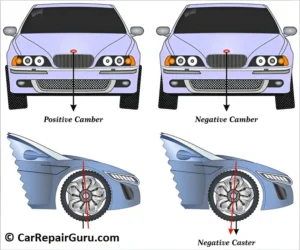
The toe angle refers to the direction in which the front or rear wheels point relative to the vehicle’s centerline when viewed from above. It measures whether the wheels are angled inward or outward. Proper toe alignment is critical for maintaining vehicle stability, reducing tire wear, and ensuring efficient handling.
Toe-In (Positive Toe) and Toe-Out (Negative Toe)
- Toe-In (Positive Toe): This occurs when the front edges of the wheels angle inward, pointing slightly toward each other. Toe-in improves straight-line stability, especially at higher speeds, by preventing the vehicle from wandering. It is commonly used in vehicles designed for long-distance travel.
- Toe-Out (Negative Toe): This alignment happens when the front edges of the wheels angle outward, away from each other. Toe-out enhances maneuverability and responsiveness, making it ideal for vehicles like race cars that require sharp cornering. However, excessive toe-out can make a vehicle unstable during straight-line driving.
Consequences of Improper Toe Settings
Incorrect toe alignment can lead to several problems:
- Uneven Tire Wear: Improper toe-in or toe-out can cause the tires to scrub against the road surface, wearing them down unevenly. This significantly reduces tire life and increases maintenance costs.
- Poor Vehicle Stability: Misaligned toe settings can make your vehicle drift to one side or feel unsteady, especially at higher speeds.
- Reduced Fuel Efficiency: The added resistance from improper toe alignment increases rolling resistance, leading to higher fuel consumption.
Visualizing Toe Alignment
Imagine your feet: if your toes point slightly inward, that’s similar to toe-in. If they point outward, that’s toe-out. Diagrams or images illustrating toe-in and toe-out scenarios can provide a clear visual reference, showing how these angles affect the alignment of the wheels and their contact with the road. Properly aligning the toe angle ensures optimal performance and driving safety.
Thrust Angle: Rear Wheel Alignment
The thrust angle is the angle formed between the centerline of a vehicle and the direction in which the rear wheels point. Ideally, this angle should be perfectly aligned with the vehicle’s centerline to ensure proper tracking and overall alignment. It’s a critical factor in maintaining stability, steering accuracy, and even tire wear.
Significance of Thrust Angle
The thrust angle determines how the rear wheels align with the front wheels. If the rear wheels are not aligned correctly, the vehicle may “crab walk” — a condition where the car moves slightly sideways while driving forward. This misalignment can make steering less predictable, reduce stability, and accelerate uneven tire wear.
Effects on Vehicle Tracking and Alignment
A misaligned thrust angle can cause:
- Vehicle Drift: The car may veer to one side, requiring constant steering correction.
- Uneven Tire Wear: Improper alignment places undue stress on certain areas of the tires.
- Reduced Fuel Efficiency: Increased rolling resistance due to misaligned wheels leads to higher fuel consumption.
Measuring and Correcting Thrust Angle
To diagnose thrust angle issues, alignment professionals use precision tools like laser alignment systems or computerized equipment. If a problem is detected, adjustments are made to the rear suspension components to bring the thrust angle back into alignment with the vehicle’s centerline.
Visualizing Thrust Angle
Illustrations showing the vehicle’s centerline, thrust line, and wheel alignment can help visualize the concept. Diagrams of correct and incorrect thrust angles highlight how proper alignment ensures smooth tracking and enhanced driving safety. Maintaining the thrust angle is essential for an optimal driving experience and tire longevity.
Additional Alignment Parameters
In addition to the primary alignment angles—camber, caster, toe, and thrust—there are secondary alignment parameters that play a vital role in fine-tuning vehicle dynamics and ensuring optimal handling, stability, and safety. These include Steering Axis Inclination (SAI), scrub radius, and the included angle.
Steering Axis Inclination (SAI)
SAI is the angle formed between the vertical line and the steering axis when viewed from the front of the vehicle. Unlike caster, which is viewed from the side, SAI helps center the steering and enhances straight-line stability. A properly aligned SAI reduces steering effort, improves return-to-center action, and ensures precise handling.
Scrub Radius
The scrub radius is the distance between where the steering axis intersects the ground and the center of the tire’s contact patch. A positive scrub radius occurs when the intersection point is outside the contact patch, while a negative scrub radius occurs when it is inside. Scrub radius affects steering feel, turning dynamics, and how the car responds to road imperfections or braking forces.
Included Angle
The included angle combines the effects of camber and SAI. It is calculated by adding or subtracting the SAI and camber angles, depending on their direction. This parameter influences tire contact with the road and ensures smooth handling, especially during cornering or uneven road conditions.
These secondary parameters work in harmony with the primary alignment angles, ensuring a balanced driving experience tailored to a vehicle’s purpose and performance requirements. Proper adjustment of these factors is key to enhancing safety, comfort, and overall vehicle performance.
Common Symptoms of Misalignment
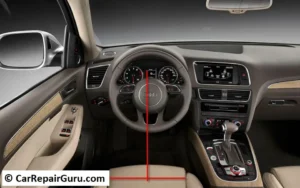
Misalignment can significantly affect your vehicle’s performance, safety, and tire lifespan. Recognizing the signs early can save you time, money, and inconvenience.
Symptoms of Alignment Issues
- Uneven Tire Wear: One of the most noticeable indicators of misalignment is uneven tread wear. If one side of the tire is more worn than the other, it suggests improper camber, toe, or thrust angle.
- Vehicle Pulling to One Side: If your car drifts to the left or right while driving on a straight, level road, this could indicate alignment problems. Misaligned wheels force the vehicle off its intended path.
- Steering Wheel Off-Center: A misaligned steering wheel that doesn’t return to the center or feels tilted while driving straight is a clear sign of alignment issues.
- Vibration or Shaking: Misalignment can cause the tires to pull against each other, leading to vibrations that can be felt in the steering wheel.
Importance of Regular Alignment Checks
Routine alignment checks are essential for maintaining your vehicle’s performance and safety. Proper alignment ensures even tire wear, better fuel efficiency, and smoother handling. Experts recommend checking alignment during tire replacements, after hitting a pothole or curb, or every 6,000–10,000 miles as part of regular maintenance.
By addressing alignment issues promptly, you can extend the life of your tires, improve your driving experience, and enhance safety on the road.
Conclusion
Understanding and maintaining proper alignment angles is crucial for your vehicle’s performance, safety, and longevity. The primary alignment angles—camber, caster, toe, and thrust—along with secondary parameters like SAI and scrub radius, work together to ensure smooth handling, even tire wear, and optimal stability.
Neglecting alignment can lead to uneven tire wear, reduced fuel efficiency, and compromised vehicle control, all of which increase maintenance costs and safety risks. Recognizing symptoms like vehicle pulling to one side, uneven tire wear, or an off-center steering wheel can help you identify alignment issues early.
For the best results, always rely on professional alignment services. Experts use precise tools to diagnose and correct misalignments, ensuring your vehicle performs at its best. Regular alignment checks as part of routine maintenance can save you money, enhance your driving experience, and keep you safe on the road. Prioritize alignment—it’s a simple step toward a smoother, safer journey.
FAQ
What are alignment angles?
Alignment angles are the specific measurements of a vehicle’s wheel positions that impact handling, tire wear, and overall vehicle performance. These angles include camber, caster, toe, and thrust, each of which affects how the tires contact the road and how the vehicle drives.
How often should wheel alignment be checked?
It is generally recommended to check your vehicle’s wheel alignment every 6,000 miles or as part of regular vehicle maintenance. You should also have it checked if you notice symptoms of misalignment, such as uneven tire wear, vehicle pulling to one side, or a misaligned steering wheel.
Can misalignment affect fuel efficiency?
Yes, misalignment can lead to increased rolling resistance as the tires work harder to grip the road. This extra resistance forces the engine to work harder, reducing fuel efficiency and increasing overall fuel consumption.
Is wheel alignment the same as wheel balancing?
No, wheel alignment and wheel balancing are different. Wheel alignment adjusts the angles of the wheels to ensure they are properly aligned with the vehicle’s centerline. Wheel balancing, on the other hand, ensures that the weight of the tire and wheel assembly is evenly distributed to avoid vibrations and improve ride quality.
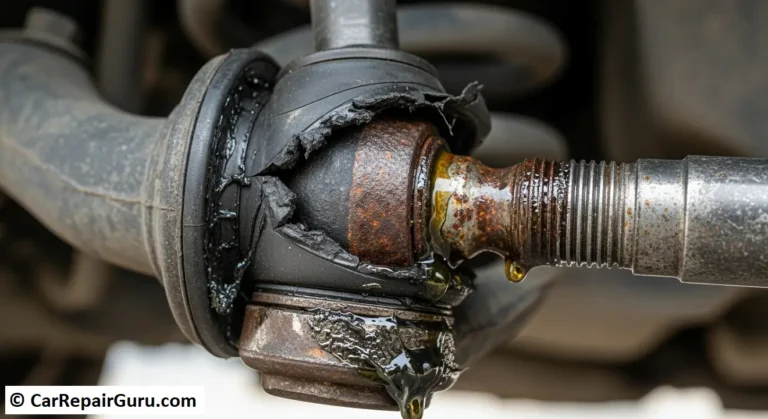
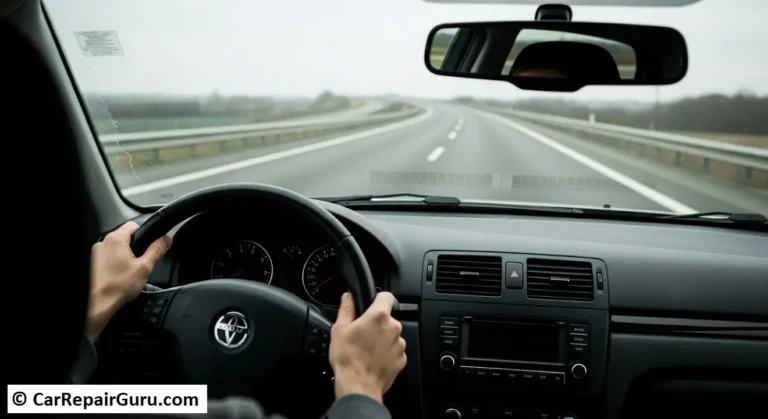
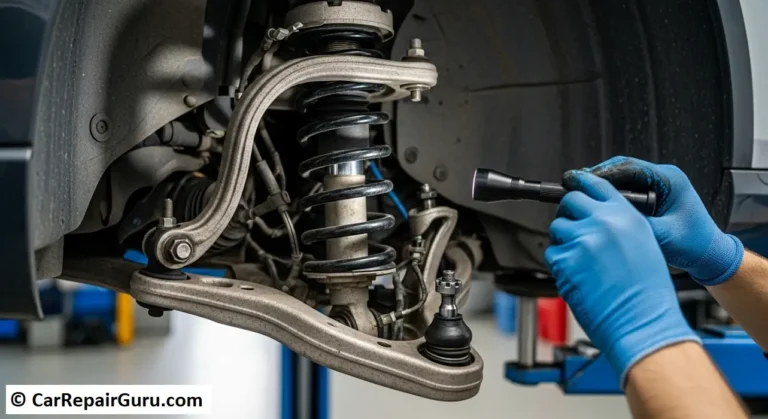
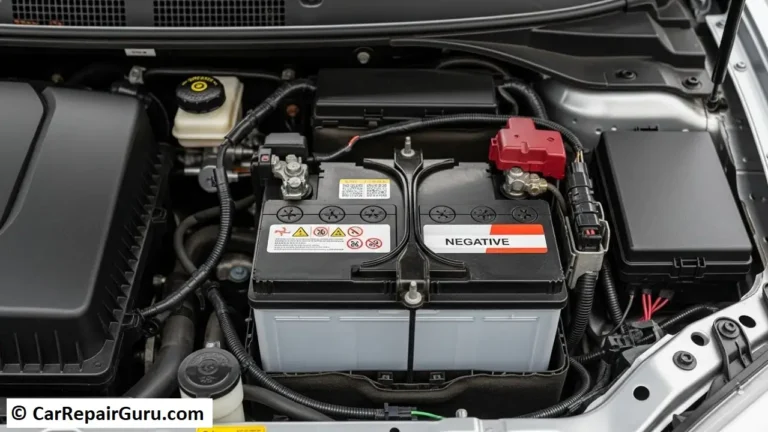
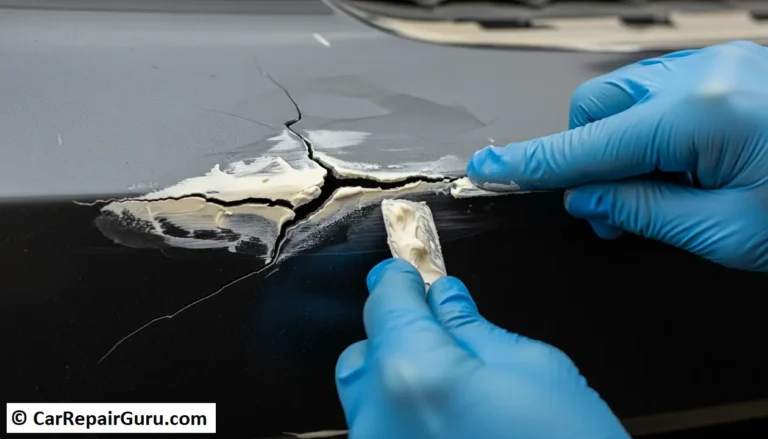
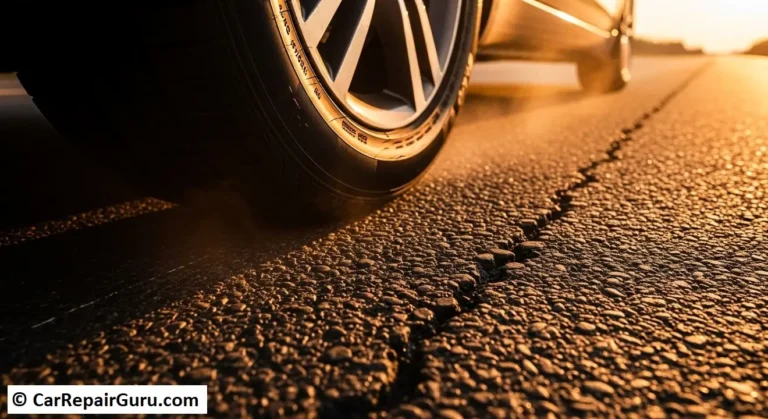
obviously like your web site however you need to test the spelling on quite a few of your posts.
Many of them are rife with spelling issues and I in finding it very bothersome to inform
the truth then again I will certainly come back again.
thanks for mention that
It’s a pity you don’t have a donate button! I’d certainly
donate to this excellent blog! I guess for now i’ll settle for book-marking and adding your RSS feed to my Google account.
I look forward to new updates and will share this site with my
Facebook group. Chat soon!
thank u for your support